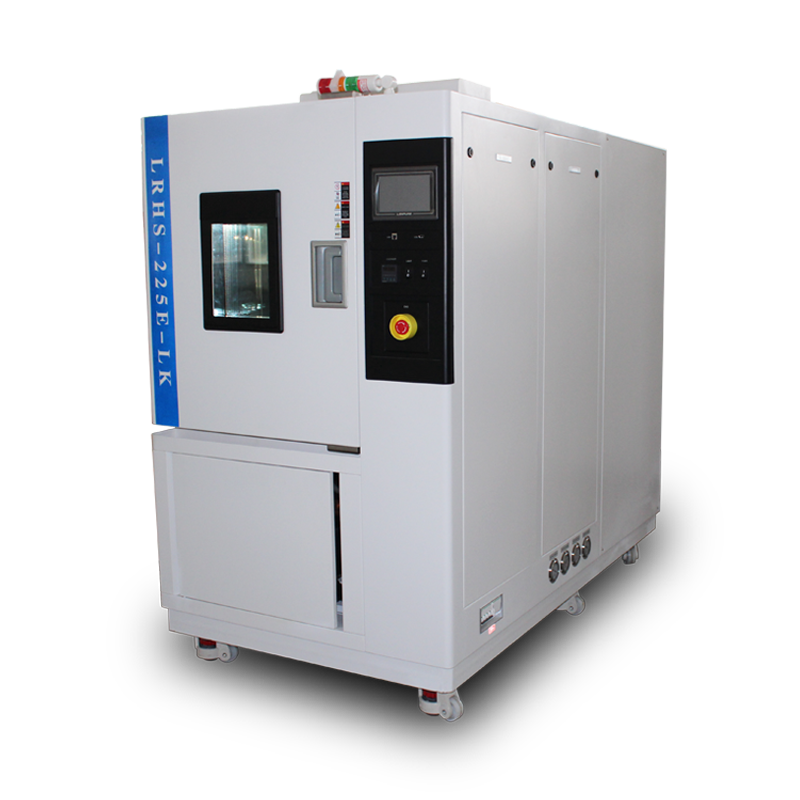A rapid temperature change test chamber plays a crucial role in product quality control for the following reasons:
-
Simulating Real-World Conditions: The chamber can replicate extreme temperature variations, allowing manufacturers to assess how their products perform under actual climatic conditions. This is essential for testing material properties such as heat resistance, cold resistance, and elasticity.
-
Early Defect Detection: During the product development phase, rapid temperature change testing helps quickly identify design or material flaws, preventing large-scale quality issues in later production stages. Early detection significantly reduces repair costs and time.
-
Enhancing Product Reliability: By conducting accelerated aging tests, the chamber evaluates a product’s long-term performance stability, thereby improving durability and customer satisfaction.

-
Ensuring Compliance: Many industries (e.g., electronics, automotive, aerospace) have stringent quality standards and regulations. Using a rapid temperature change test chamber ensures compliance, minimizing legal and market risks.
-
Data-Driven Decision Making: Test results provide critical data to support informed decisions regarding product design, material selection, and manufacturing processes.
-
Boosting Market Competitiveness: High-quality products earn better market reputation and customer loyalty. Systematic temperature cycling tests enable companies to continuously optimize product quality, enhancing their competitive edge.
In summary, the rapid temperature change test chamber is an indispensable tool in product quality control. It helps businesses effectively improve product performance, mitigate risks, and ensure reliability across diverse environmental conditions.












